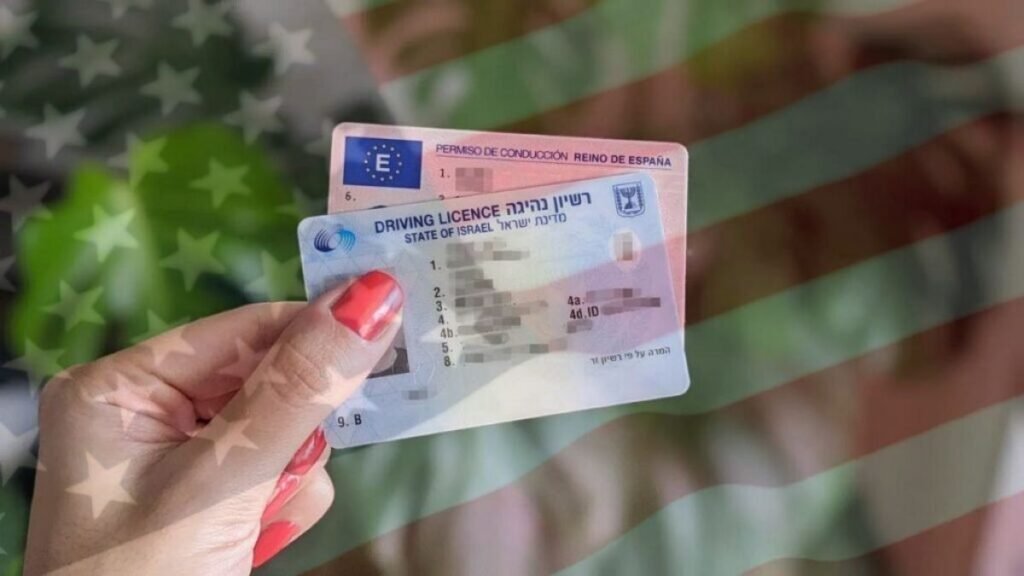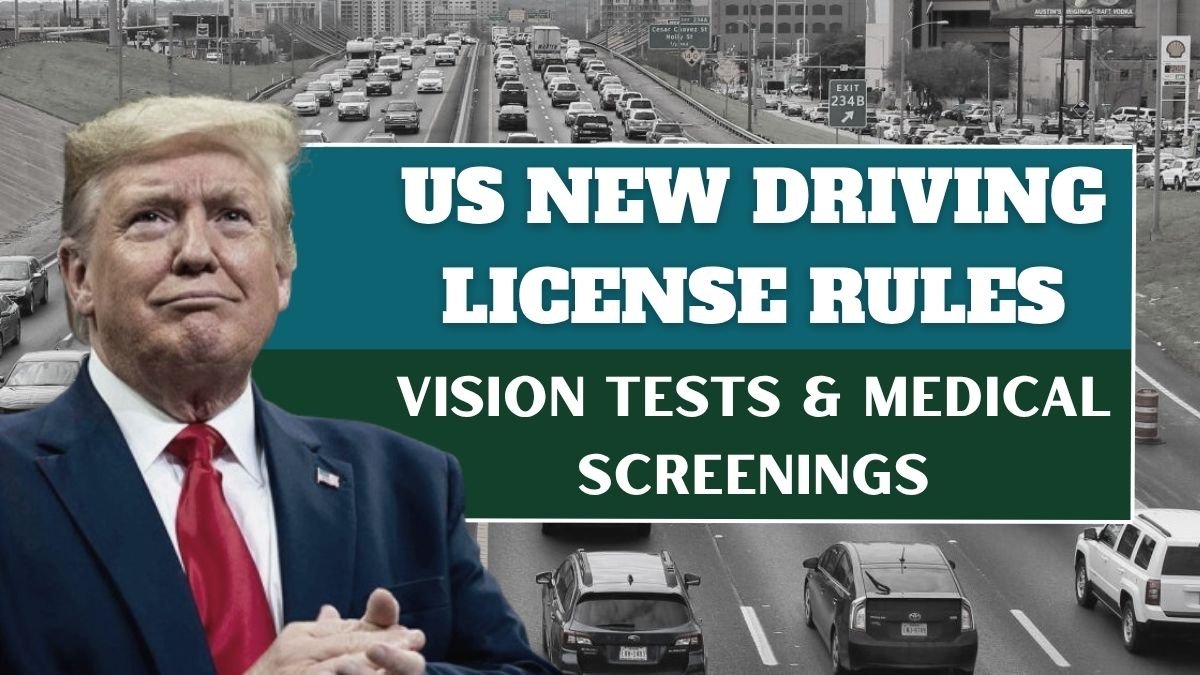Starting September 2025, the U.S. Department of Transportation (DOT) has made significant changes to the rules governing senior citizen driver’s licenses nationwide. The new rules are specifically designed for drivers aged 70 and older. There are more than 48 million licensed drivers over the age of 65 in the U.S., and this number continues to grow. For many seniors, driving is not just a convenience but a vital part of their daily independence.
The new system focuses on competence-based assessment rather than age-based restrictions. This means that safe drivers can continue to drive, while drivers with vision, cognitive, or health challenges will be more closely monitored.
Why the New Rules Are Necessary

Studies by road safety agencies show that the severity of accidents increases with age. Drivers over the age of 85, in particular, have the highest risk of fatalities per mile driven. Slower reaction times, poor vision, and decreased cognitive ability are the main factors.
Previously, license renewal rules varied by state. Some states mandated vision testing and individual renewals for senior citizens, while others did not. The new federal policy brings uniformity to these rules while also allowing states to impose their own stricter standards.
Age-Based Renewal Process
The renewal process for senior citizens will be phased in according to the new rule, effective in September 2025:
| Age Group | Renewal Condition |
|---|---|
| 70–79 years | Renewal with vision and reflex screening |
| 80–86 years | In-person renewal every 2–4 years with possible medical evaluation |
| 87+ years | Annual road test with medical certification required |
The purpose of this process is to continuously monitor healthy drivers without imposing unnecessary restrictions.
Prospective Evaluations for Senior Citizens
The new policy includes several types of evaluations based on the driver’s condition:
- Vision test: To ensure that the driver’s vision is sufficient for safe driving.
- Cognitive test: Evaluates memory, reaction time, and quick decision-making.
- On-Road Driving Test: For drivers aged 87+ or those whose doctor or family has indicated it.
These measures aim to reduce risk and allow able-bodied seniors to maintain independence on the road.
Vision Test: Rules by State
Vision tests are the most common requirements. Many states already require testing at different age limits or at every renewal.
States that mandate testing by age:
| State | Requirement |
|---|---|
| Alaska | Vision test from age 69+ |
| California | Vision test at every renewal from age 70+ |
| Florida | Vision test at every renewal from age 80+ |
| Illinois | Vision test at every renewal from age 75+ |
List of states requiring testing at every renewal: Arizona, Colorado, Delaware, Georgia, Hawaii, Idaho, Michigan (in-person), Minnesota, Missouri, Montana, New Hampshire, New York, North Carolina, Rhode Island, South Carolina, Washington, Wisconsin, Wyoming, etc.
This reflects the differences in vision testing across states, while federal policy sets a new baseline.
Reporting Unsafe Drivers
Families, physicians, and caregivers can report concerns about the safety of senior drivers directly to the DMV. If necessary, a formal re-evaluation may be ordered. Penalties also apply for false or malicious reports.
Limited Driving Licenses
For senior drivers who are competent but wish to drive with some limitations, limited license options will be available:
- Daytime driving only
- Avoiding highways or long distances
- Driving only in local areas
This balances independence and safety.
Options for seniors who cannot drive
Alternative services are available for those who do not meet the driving criteria:
- Ride-hailing apps
- Community transportation programs
- Paratransit services for individuals with disabilities
- Volunteer driver groups
This ensures that giving up a license does not mean losing independence.
Other Driving Rule Changes
Some state-level regulations will also take effect in September 2025:
- Florida: Speed cameras near schools, $100 fine.
- South Carolina: Hands-free mobile phone law.
- Texas: Permits required for autonomous vehicle services.
- Hawaii: HOV lane restrictions for EV drivers during peak hours.
- Nationwide: Completion of driver education is mandatory for drivers under 21.
These changes are aimed at modernizing road safety.
Conclusion
These new rules, effective September 2025, are among the most significant changes to driving regulations for senior citizens in the United States. Standardizing renewal processes, increasing medical inspections, and addressing differences in state regulations are an effort to strike a balance between safe roads and independent senior drivers. With limited licenses and alternative transportation options, senior citizens can ensure public safety while maintaining their independence.
FAQs
Q. At what age do new federal senior driving rules apply?
A. The rules apply to drivers aged 70 and above.
Q. What assessments might seniors face during license renewal?
A. Vision tests, cognitive tests, and on-road driving exams (for 87+ or flagged drivers).
Q. Are in-person renewals required for all seniors?
A. No, it depends on age: 70–79 may have screenings, 80–86 in-person every 2–4 years, 87+ annual road tests.
Q. Can family or doctors report unsafe senior drivers?
A. Yes, they can raise safety concerns with the DMV, which may trigger a re-examination.
Q. What options exist for seniors who cannot meet renewal standards?
A. Ride-hailing services, community transport programs, paratransit, and volunteer driver groups help maintain mobility.


